If you’re like me, you weren’t taught what a “layering system” was growing up. When the snow was falling, your parents stuffed you in whatever coats and sweaters they had laying around, maybe even added a few trash bags in there, and pushed you out the door. I have since changed my approach to dressing for outdoor adventures drastically. And then refined it over the past ten years. If you glean anything from this article, first and foremost – skip the trash bags.
When figuring out what you should put on your body for maximum comfort when exerting yourself outside, there are a few things to consider first.
- Level of exertion
- Outside temperatures throughout your adventuring time
- How your body reacts to hot or cold temperatures
- If it will be precipitating or not
Whether you’re hiking, camping, or simply enjoying a day outdoors, mastering the art of layering can make or break an adventure. Look for easily adjustable items (zippers, cuffs, etc.) that can be taken off and stowed when needed. Aim to keep body temperature regulated throughout the day. If you’re sweating off the bat, it will make it hard to stay warm the rest of the day. Adjust, try something new, and adjust again!
The Basics of Layering
Base Layer: The Foundation
Your base layer is like your second skin – it’s in direct contact with your body and should wick sweat away to keep you dry. Look for moisture-wicking, breathable materials like merino wool or synthetic fabrics.

Level of exertion – If you’re going to be working hard, consider that you may strip down to your base layer at some point. You want to be comfortable in this layer.
Outside temperatures throughout your adventuring time – The colder the temp, the more the base layer matters. This is your first line of defense against the cold. Frigid temps call for heavier base layers. If the day is going to start cold and end up hot in the afternoon, consider a lighter base layer with heavier mid and outer layers.
How your body reacts to hot or cold temperatures – If you run super hot, and will be exerting yourself throughout your adventure (climbing uphill, fast xc skiing, running), consider a lighter weight base layer so your body can dump heat more easily.
If it will be precipitating or not – This doesn’t concern your base layer, this will be addressed in the outer layer.
We’ve partnered with Krimson Klover, who has created a base layer top we love – made with recycled fibers, moisture-wicking move-with-you fabric, a UPF 50 rating, and a custom-illustrated mountain hiker graphic.
We chose this partnership because Krimson Klover is a brand powered by women passionate about living a life fueled by big adventure, meaningful connection, and giving back. We admire their founder and CEO, Rhonda. Born into a dynamic Texas ranching family, founder Rhonda Swenson credits her mom for passing down her feisty, creative, and big-hearted traits – inspiring Rhonda to take risks and fight for what she believes in. Rhonda launched Krimson Klover with these fundamental values.
Krimson Klover strives to empower women of all backgrounds to Live Boldly. When you purchase the Bridger Base Layer Top, 5% of sales go directly to furthering The Cairn Project’s mission. Win-win.
Insulating Layer: Trap the Heat
The insulating layer’s role is to trap heat close to your body. Lightweight, compressible materials like down or synthetic insulation work wonders here. Fleece jackets are a versatile option, providing warmth without the bulk.
Level of exertion – Your middle layer can make all the difference while out adventuring! This is where things get really personal. If you’re like me, your middle layer will be a puffy jacket, or something to keep you extra warm. If you’re like my partner, who is an oven, your middle layer will be a thin fleece zip up.
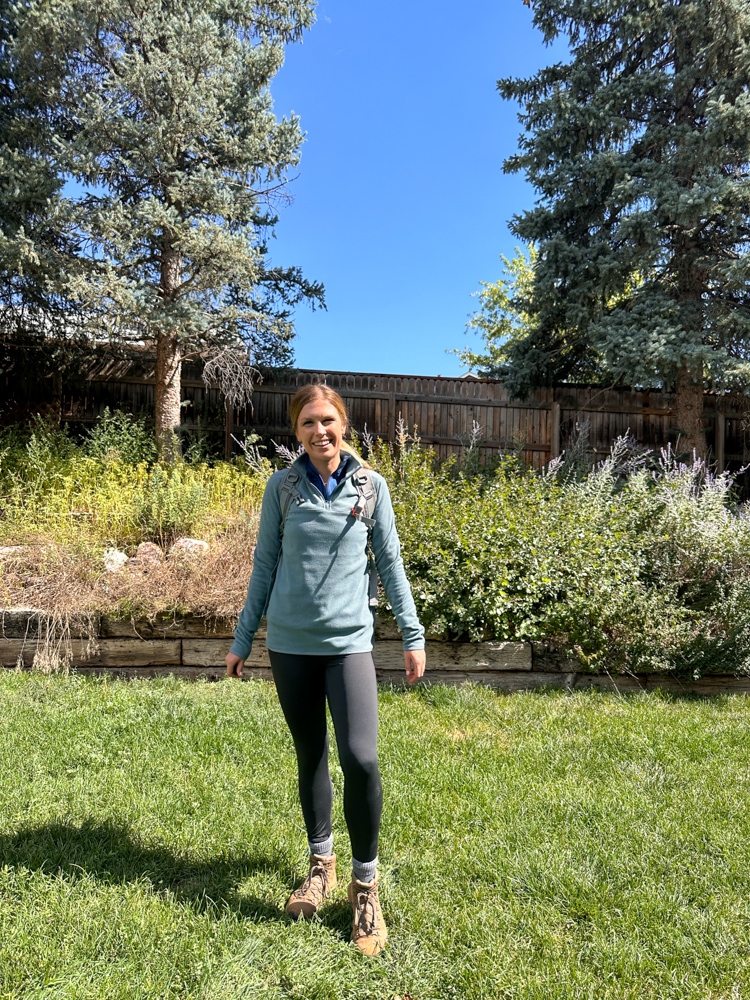
Outside temperatures throughout your adventuring time – Your top and middle layer are the most likely to come off and be stuffed in your backpack (another reason to get a quality base layer). So make sure this layer is easily stuffable when the sun starts beating down.
How your body reacts to hot or cold temperatures – This relates to your level of excursion. If you’re climbing a mountain, you wont need this layer. But once you’re snowboarding down it, you’ll be glad you have the insulation.
If it will be precipitating or not – This doesn’t concern your middle layer, this will be addressed in the outer layer.
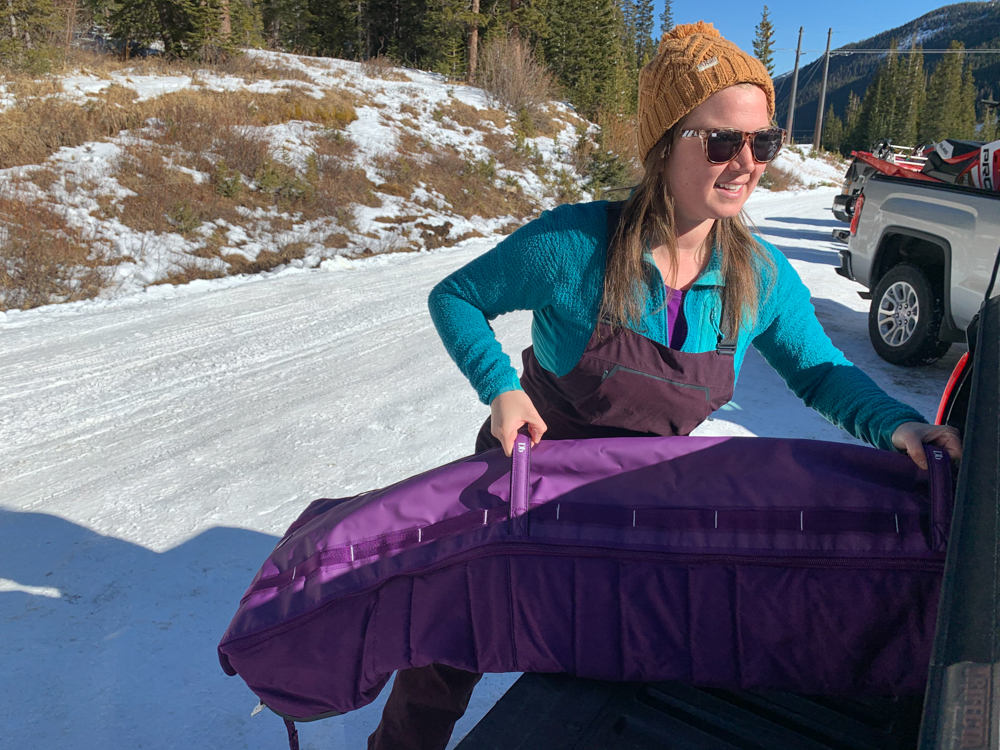

Shell Layer: Weatherproof Barrier
Your outer shell layer is your armor against wind, rain, and snow. Look for waterproof and breathable materials like Gore-Tex. Depending on the conditions, choose between hardshell jackets for heavy rain or softshell jackets for more breathability.
Level of exertion – Finally, the layer that protects against weather! Level of exertion matters for your outer layer because if you’re sweating the whole time, you will end up cold no matter how good your layer system is. The goal is to stay at an even temperature. If you know you will be working hard, you will need a super breathable outer layer.
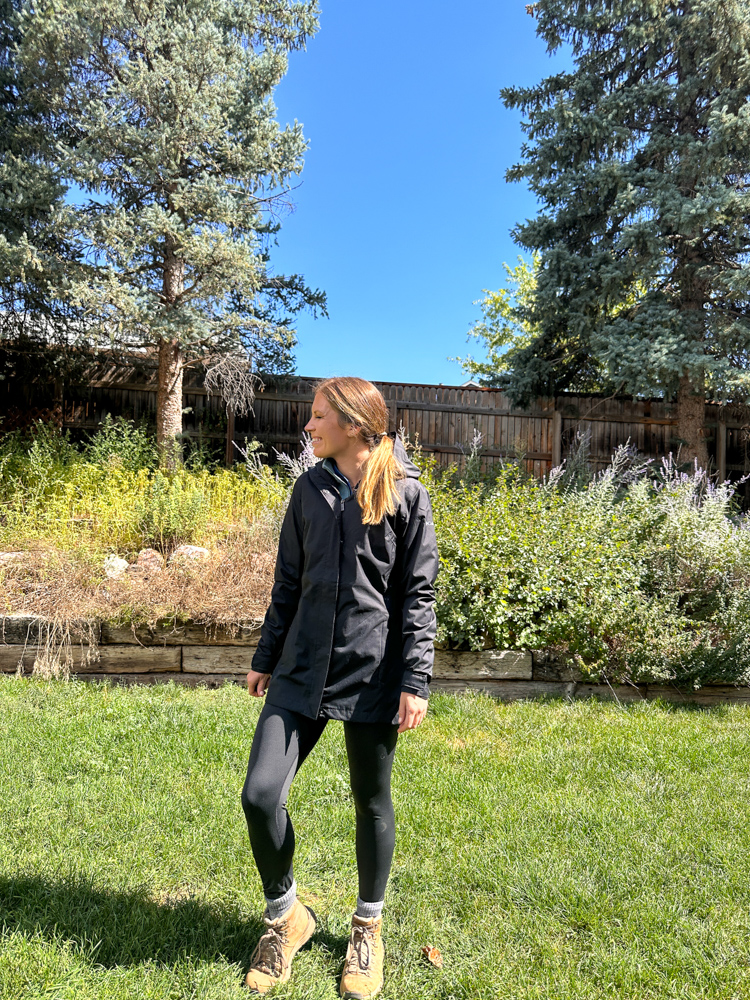
Outside temperatures throughout your adventuring time – This concerns your base and mid layer more than the outer layer.
How your body reacts to hot or cold temperatures – A hardshell will be warmer than a soft shell. The difference between hard and soft shells is that a hard shell is completely waterproof while a soft shell is water resistant, though more breathable and flexible.
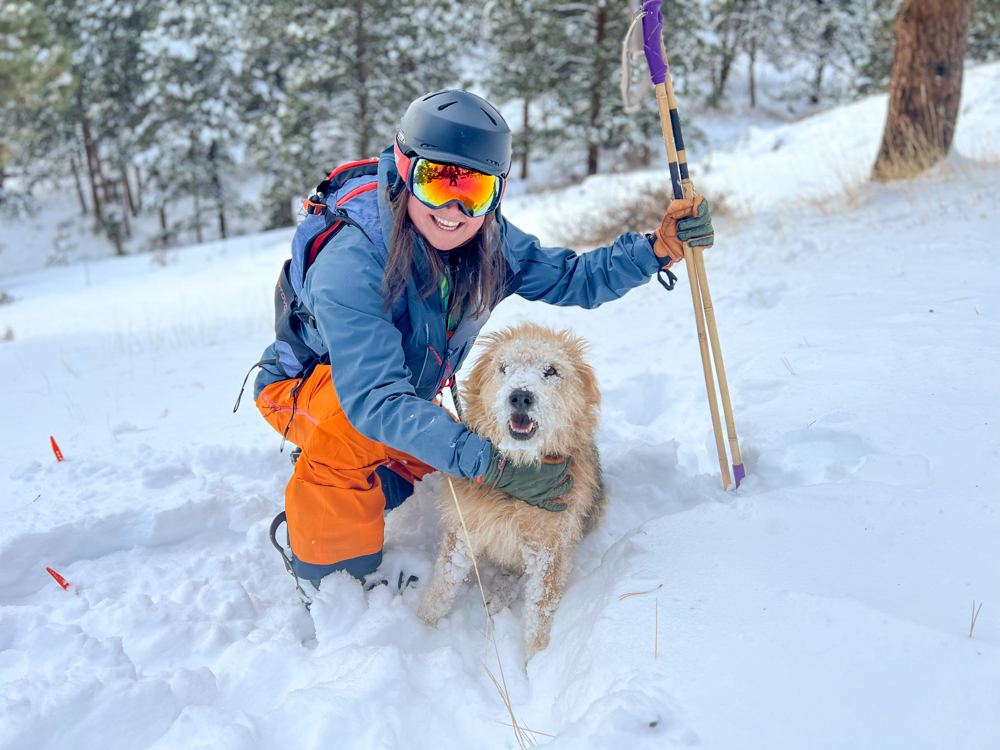
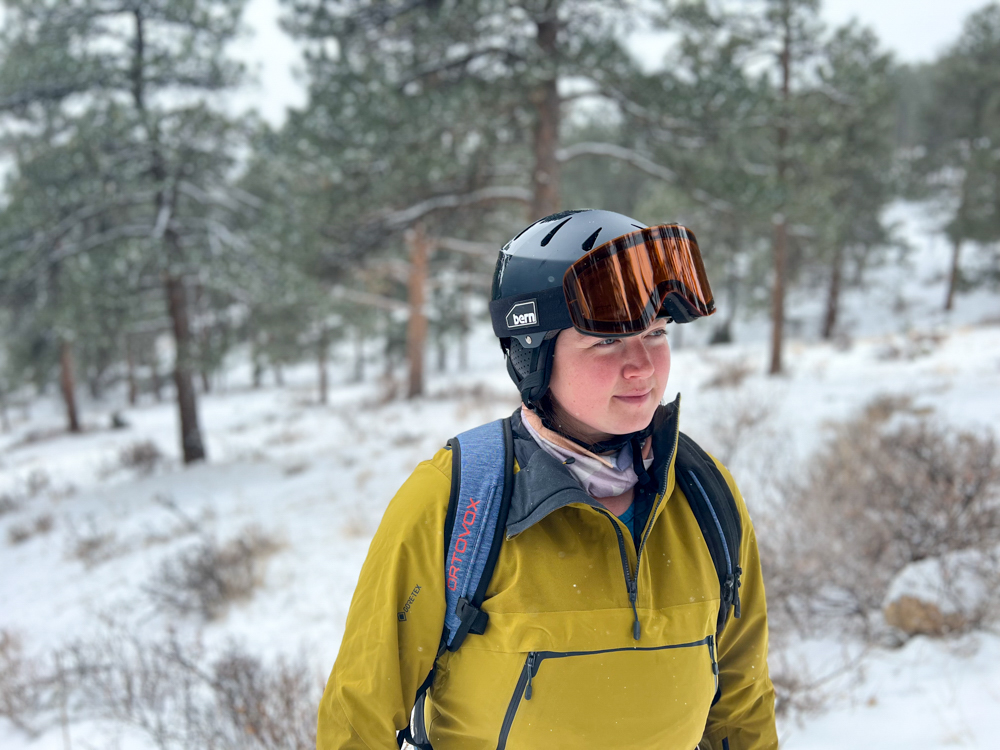
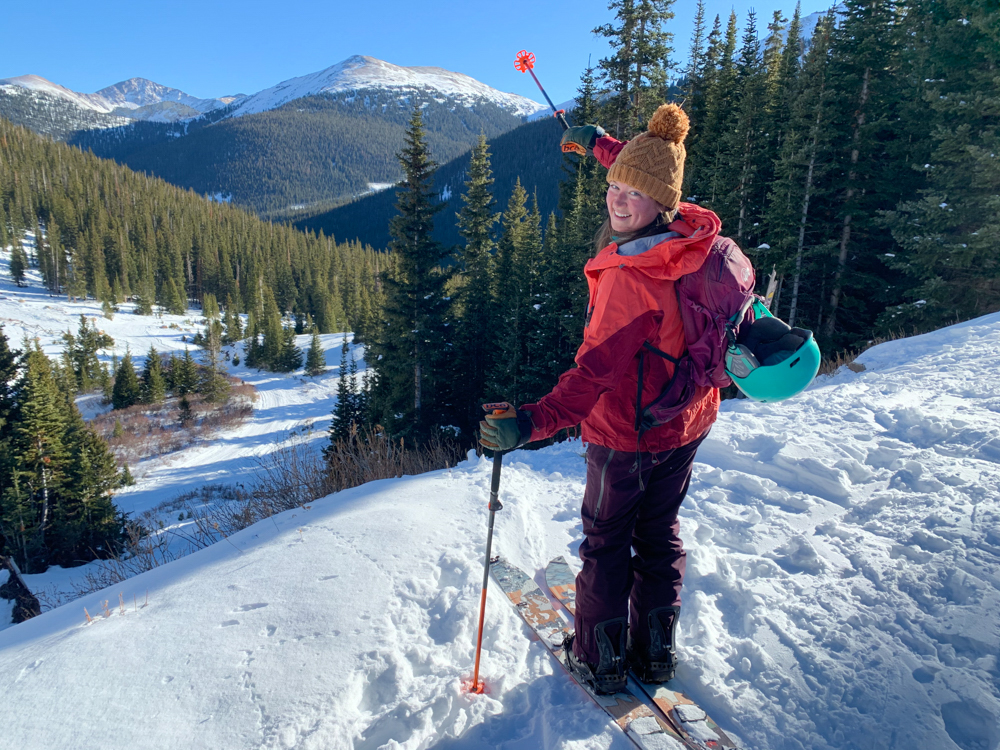
If it will be precipitating or not – If you’ve got heavy cold rain or snow, grab that hard shell! Otherwise a soft shell will do the trick.
Accessories Matter Too
Don’t forget about the fun stuff:
Hats and Gloves: Keep those digits warm! Sometimes the difference between being comfortable and freezing is a simple pair of waterproof gloves or a knit hat.
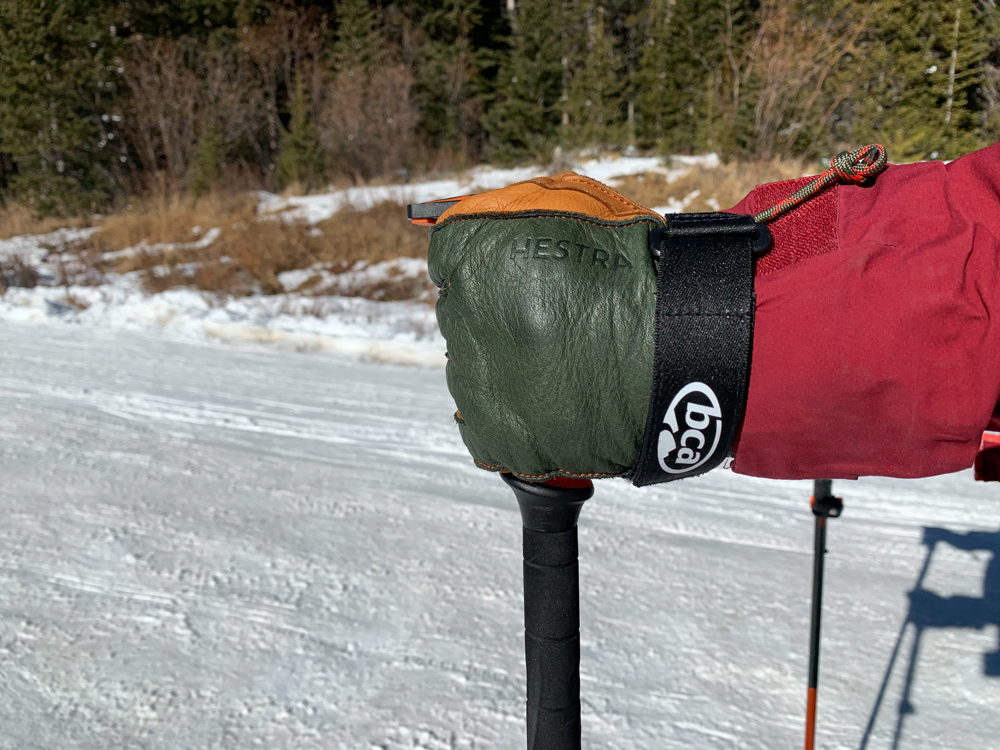
Socks: Choose moisture-wicking, warm socks.
Buff or Neck Gaiter: I love having a buff with me for all cold weather activities. They can be used in so many different ways, from a headband when you’re hot, to a full face cover when the temperatures drop.
It’s not easy to figure out your perfect system, especially because it’s different for everyone. Try out a ton of different options and keep experimenting as you go!
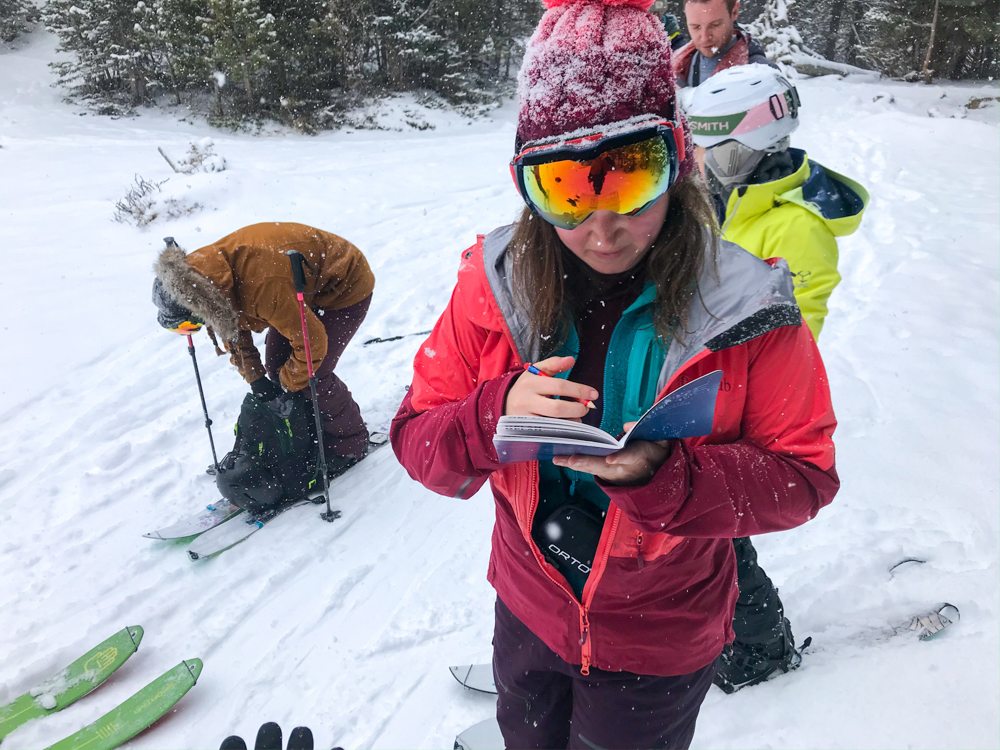

Roxy Dawson
Roxy Dawson was born and raised on the east coast but found her true stride rolling around the west in a van. She is part community manager, part journalist, part editor and now splits her time between her van and Golden, Colorado, where she lives with her husband, adventure pup, and son. She is most alive when her community is close, the environment is thriving, and nature is truly accessed by all that wish to enjoy it.
